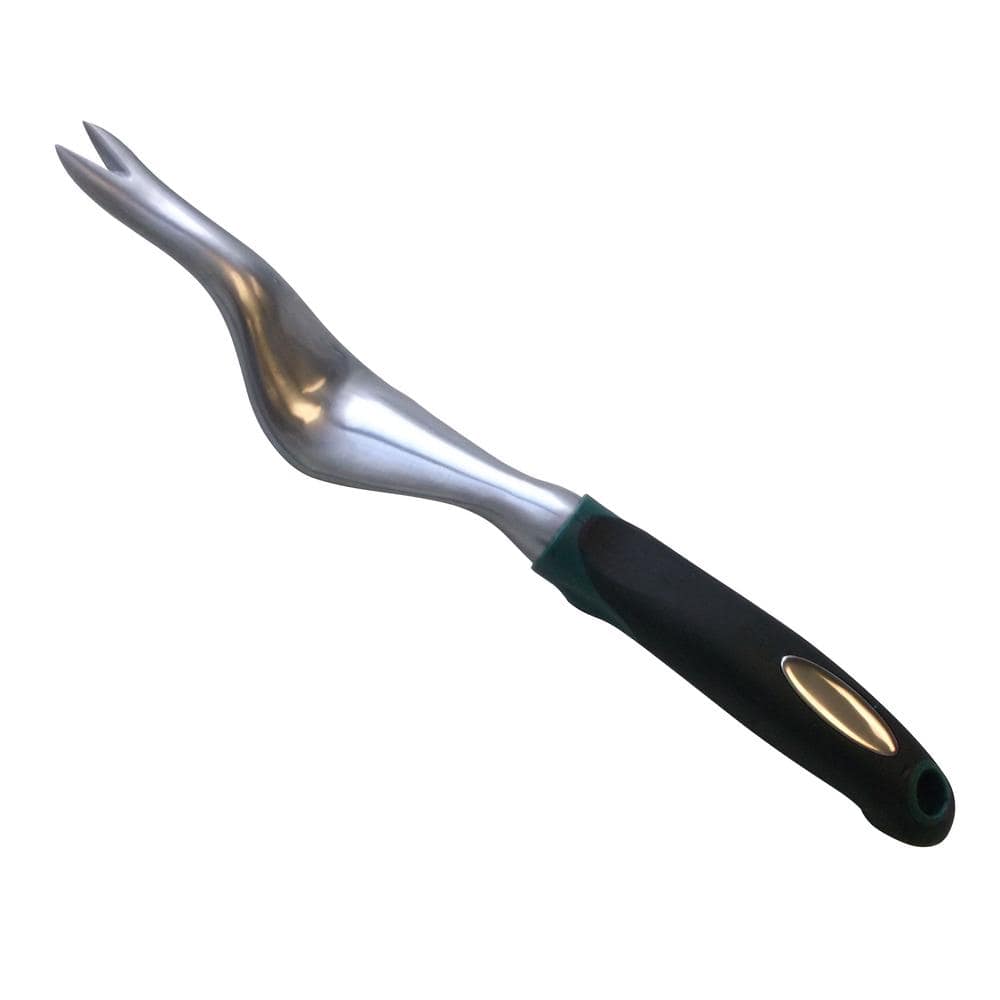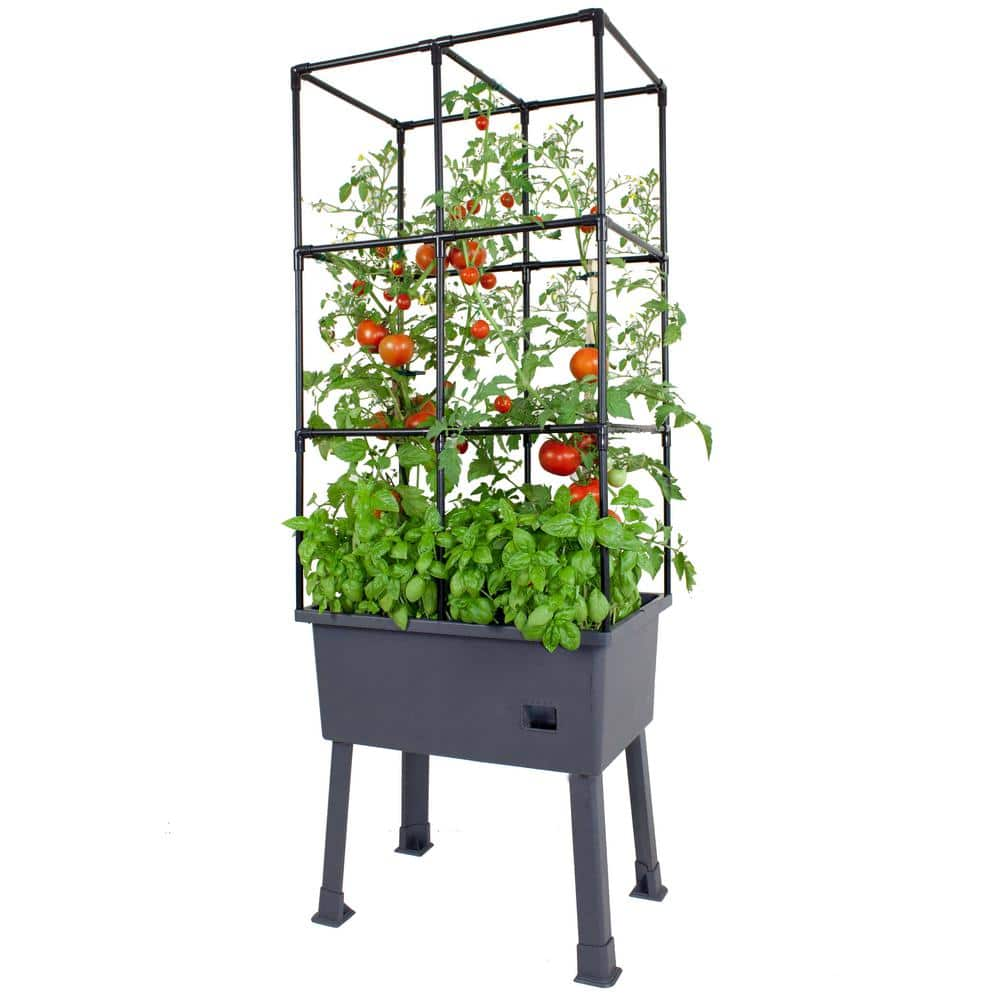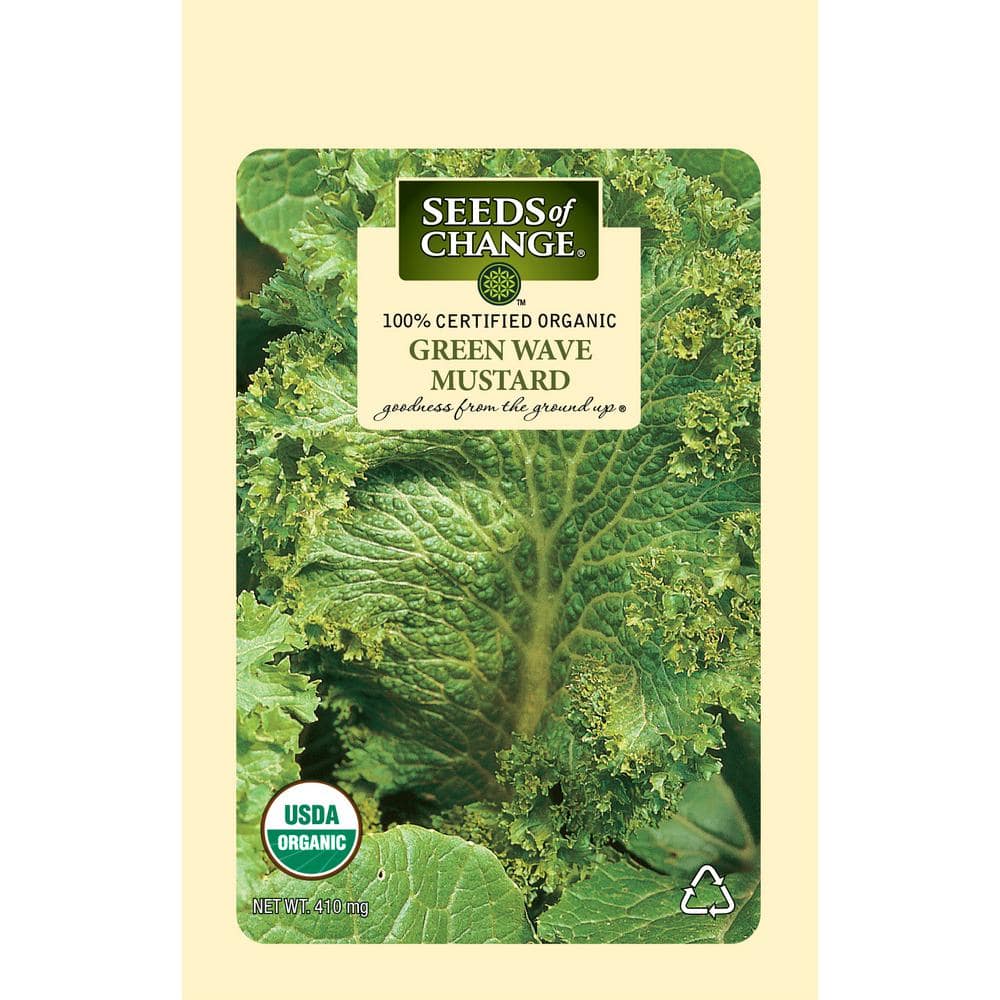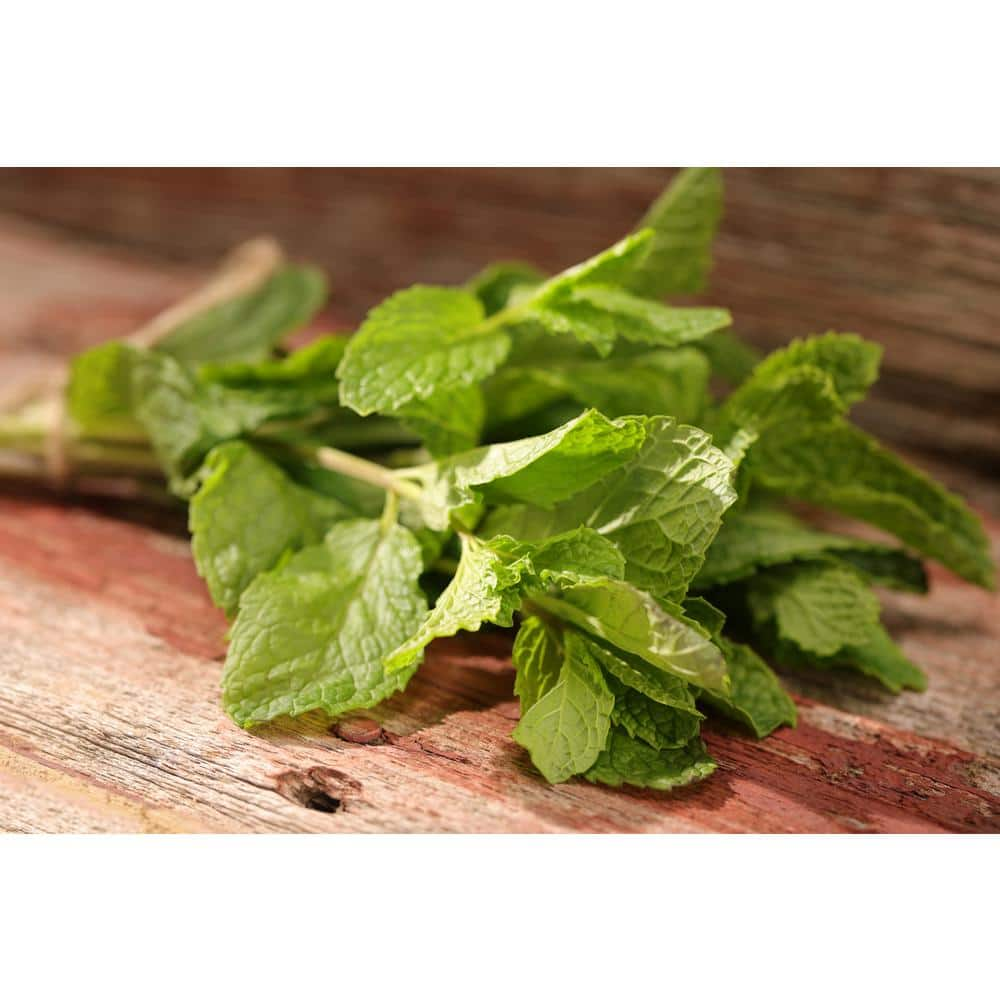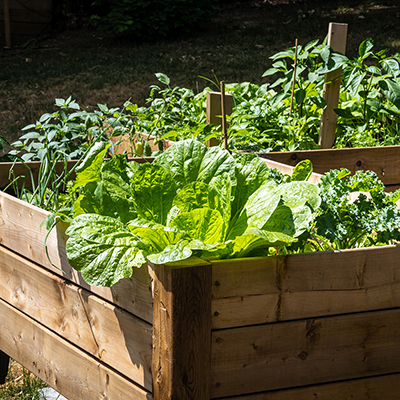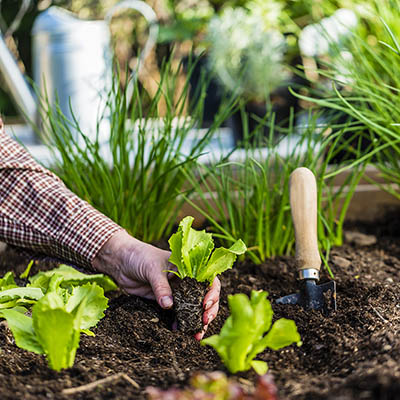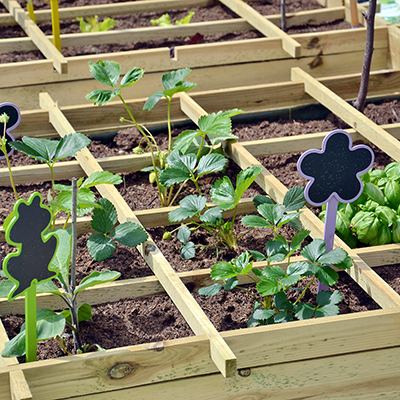Spring Vegetable Gardening 101
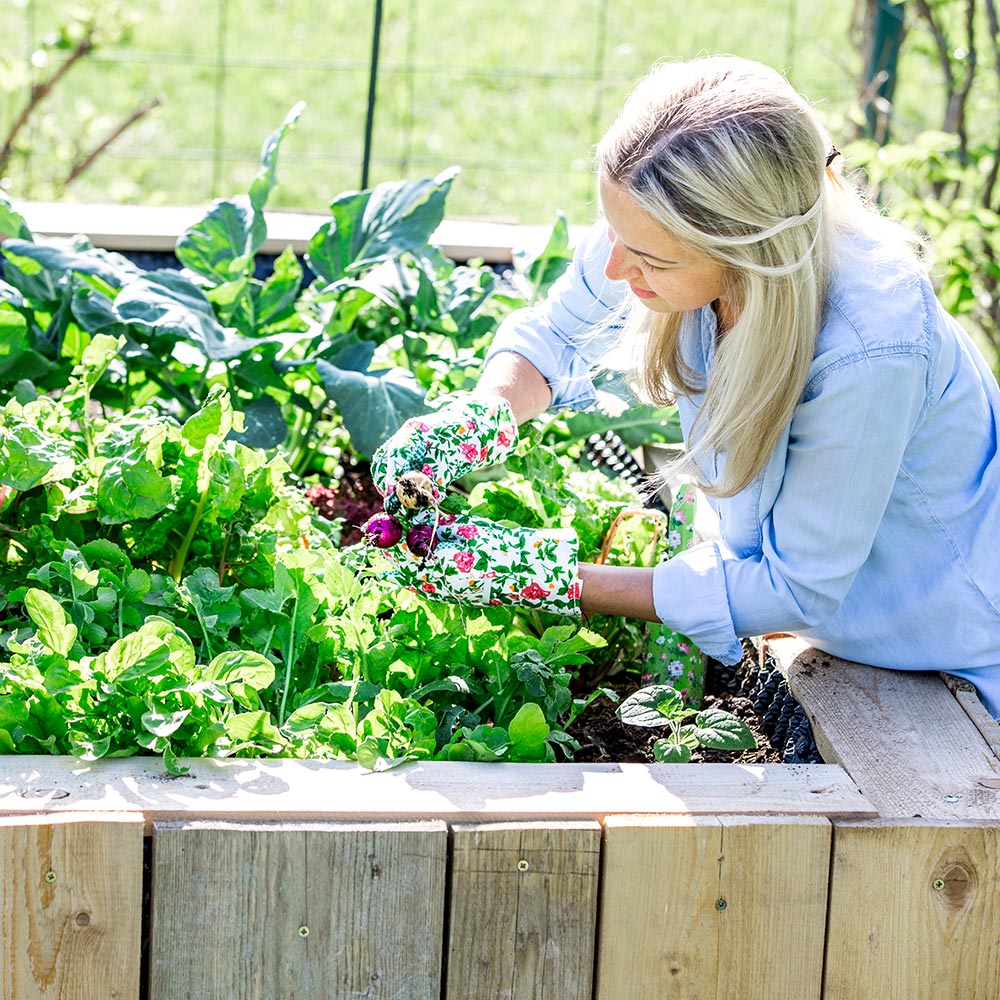
Last updated September 7, 2023
Get started growing your own food when you plant a garden in your backyard. Whether your garden space is a backyard or a patio, you likely have enough room to grow some of your own food.
You can grow herbs and vegetables in 12-inch containers on a patio or raised beds in your backyard. Start with seeds or seedlings or look for patio-sized plants in the Garden Center when the weather warms.
If you’re willing to work on your garden a little bit every day, it’s easy to grow vegetables. Once you get started, you’ll find that consistency leads to success.
Read on to discover how to start a vegetable and herb garden at home.
Table of Contents
Start with a Full Sun Site
Test and Amend Soil
Plant Your Garden
Care for Your Garden
Manage Pests in the Garden
Harvest Vegetables and Herbs
Start with a Full Sun Site
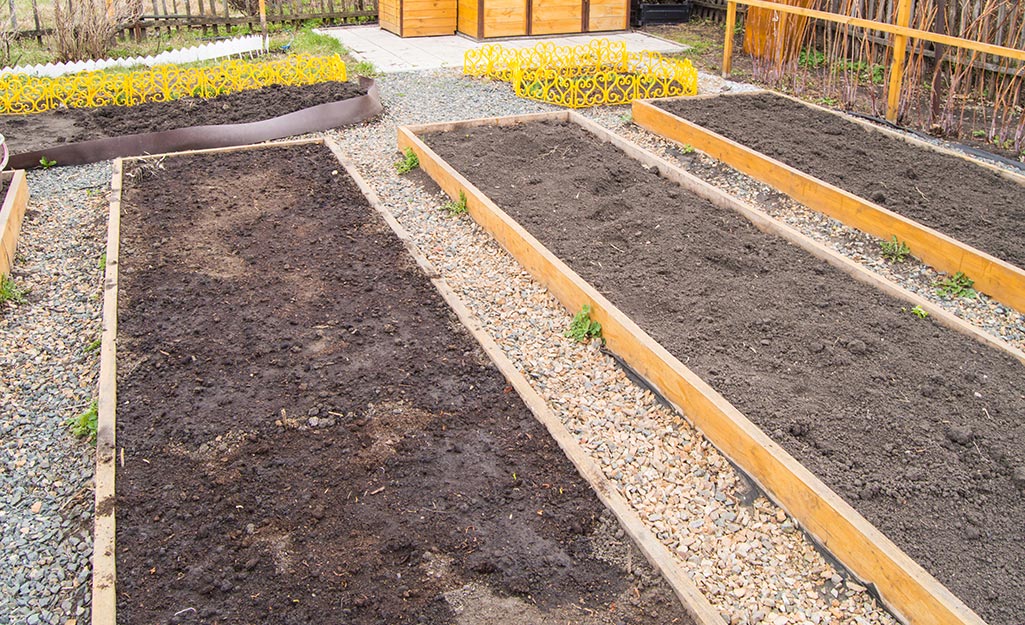
The first step to planting a vegetable garden is choosing the best site. Most vegetables need full sun. For abundant tomatoes, zucchini and watermelon in summer, your site needs 6 to 8 hours of sunlight a day. To determine your site’s light, stand outside at various times during the day. Make note of the shadows cast from trees and structures.
Not all vegetables need full sun. Vegetables that thrive in 4 to 6 hours of direct sunlight include:
- Asparagus
- Beans
- Beets
- Broccoli
- Cabbage
- Cauliflower
- Celery
- Kale
- Leeks
- Onions
- Radishes
- Scallions
Herbs are pretty tolerant of a variety of soil and light conditions. Basil, for example, thrives right alongside tomato and pepper plants.
Herbs grow well in outdoor containers. New gardeners will have greater success with herb seedlings instead of seeds. Many, like rosemary and thyme, take a long time to grow from seed. Basil and cilantro, however, grow quickly from seed.
In addition to full sun, your ideal site will need access to irrigation, like a garden hose. Well-draining soil will help, too. If you have compacted or heavy clay soil, you may want to invest in raised garden beds. That way, you’ll be able to build healthy, well-draining organic soil. Raised garden beds are easier to work in than in-ground beds. You have easier access and don’t have to stoop or bend to work in them.
Suggested sizes for vegetable gardens:
- If you’re a first-time vegetable gardener, 30 to 100 square feet of garden space is a good size for a beginner garden.
- Families can count on 100 to 300 square feet of garden space to grow food.
- If you plan to preserve part of the harvest, plan on a garden space of 300 to 600 square feet.
- More than 600 square feet of growing space is the size of a small farm.
Test and Amend Soil

Well-draining soil that’s rich in nutrients will boost your vegetable harvest and can even reduce pests and diseases in your garden. If this is your first garden on this site, get a soil test. You can use a purchased soil test kit or contact your local Cooperative Extension Service agent for a low-cost kit. The test results will recommend amending your soil based on the pH and other factors.
From middle school science, remember that pH is a scale from 0 to 14, with 7 being neutral. A pH below 7 is acid, above 7 is alkaline. Most vegetables prefer a slightly acidic to neutral soil pH. The reason soil pH is important is nutrient uptake. When the soil pH is just right, plant roots take in optimal nutrition and your garden will be healthier and more productive.
You can amend soil to create the optimal pH and improve the soil structure and drainage. Healthy soil structure has space for oxygen to reach roots. Soil amendments include compost, peat moss, perlite, lime and sulfur. For your edible garden, always choose organic amendments. Learn more about types of soil.
Plant Your Garden
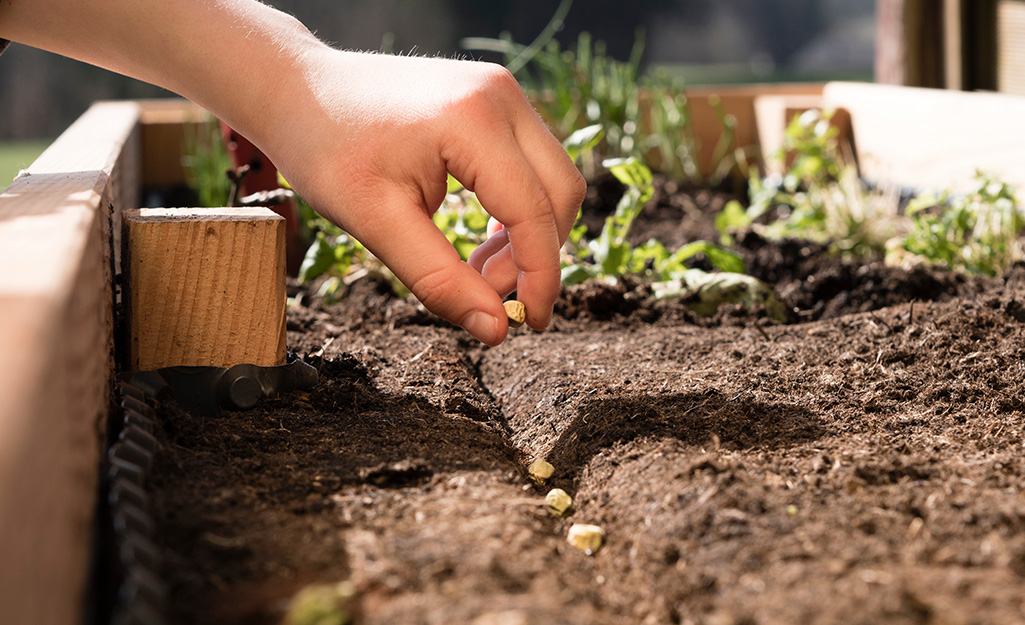
Gardening success is based on timing. Before you plant, consult the Frost Date Calendar for the average date of last frost in your area. This tells you how early you can start to plant seedlings outside.
Seedlings are reliable, but they can be expensive. Many gardeners start their vegetables from seeds. To get the most out of the growing season, gardeners start seeds indoors while the temperatures are still cold. Tomatoes and peppers are commonly started early. Learn more about starting seeds indoors.
Some seeds grow quickly when planted directly in soil after the last frost in spring. Direct sow these seeds in spring for a summer harvest:
- Beans
- Corn
- Cucumbers
- Peas
- Pumpkin
- Summer squash
- Watermelon
- Winter squash
- Zucchini
When you’re ready to plant, follow these directions:
- Begin by creating rows:
- Straight rows simplify a vegetable garden plan, making it easier to weed and cultivate.
- Spread all-purpose organic fertilizer beside the row and rake into the soil.
- Use the edge of a hoe to carve a straight, shallow furrow.
- Spacing will vary depending on what crop you’re planting. Read the seed packet or plant tag to determine the spacing between rows.
- Planting seeds:
- The rule of thumb is to plant seeds at a depth two to four times the width of the seed. This puts tiny-seeded crops like lettuce and carrots at a depth of 1/4 inch. Larger seeds like corn, squash and beans should be planted about 1 to 2 inches deep.
- Some seeds like squash, melon and cucumber are planted in hills. This isn’t a peaked mound, but a flat, raised circle. Use a hoe to create a 12-inch circle and plant 4 to 6 seeds.
- Press soil gently around seeds and water immediately.
- Planting seedlings:
- The best time to plant is in the cool of the morning or in late afternoon.
- Give seedlings a drink about an hour before planting.
- Dig each hole a little bigger than the roots of the new plant.
- Tear the peat pot away (toss it in with the compost).
- If the seedling has lots of roots, gently shake them out and set them in the soil.
- Most seedlings are planted at the same depth they were in the container. Tomatoes are an exception and can be planted up to the first set of leaves.
- Gently firm the seedling in and water.
Tip: A 2 to 3-inch layer of organic mulch will suppress weeds, keep roots cool and help reduce evaporation.
Care for Your Garden

Once your plants are settled in the garden, the work becomes mostly about caring for your plants. If you’re growing tomatoes and cucumbers and other vining plants, trellis your vegetables as soon as you can. Trellises offer structure and support and keep tender fruit off the ground.
Vegetable gardens require a lot of water to produce a bountiful harvest. The rule of thumb is one inch of water per week, from rainfall or irrigation, or both. Experienced gardeners recommend watering deeply, but not necessarily daily. Look for signs your plants are thirsty, like dry soil and wilted leaves. Add water and watch them perk up.
Try to water plants early in the morning to minimize evaporation. Direct the stream of water to the base of the plants. A drip irrigation system is more efficient than a garden hose and will save money on your water bill. Some disease problems, like blossom end rot in tomatoes, are easily solved through consistent moisture when the plants start to fruit.
Many soils contain slow-release fertilizers to support your produce during the season. You can fertilize throughout the growing season, too. Use an organic fertilizer product like fish emulsion every three weeks, mixed and applied according to package directions. A top-dressing of organic compost in early summer gives plants a boost, too.
Manage Pests in the Garden
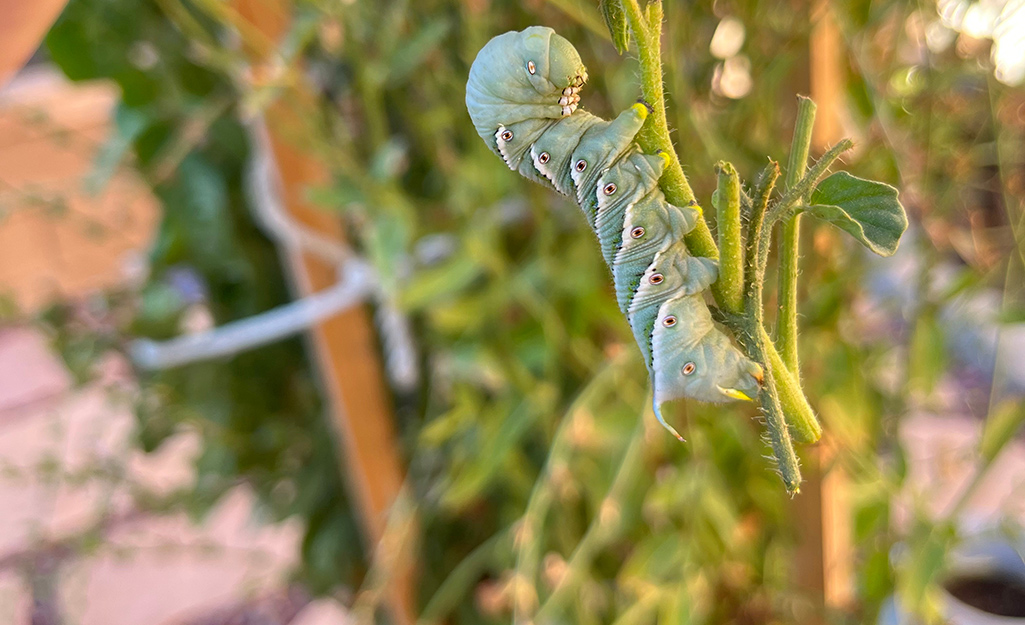
The first step in managing pests in the garden is to know good bugs from bad bugs. Not all bugs are bad, in fact, less than 1 percent of insect species are considered harmful in your garden. Insects are mostly beneficial in the garden. You need bees and butterflies to pollinate your crops. Moths, flies and wasps are important beneficial insects as well. Learn more about beneficial insects.
Known pests like Japanese beetles and caterpillars like armyworms and tomato hornworms can be controlled with organic methods. The easiest way is to fill a bucket with warm soapy water and hand pick (it’s ok to wear gloves) the pests and drop them in the soapy water.
For organic control of caterpillars like hornworms, start early in the season. Treat growing tomato plants with Bt (bacillus thuringiensis), a bacteria that makes proteins that are toxic to insects when they ingest it.
Of course, there are larger and more destructive pests in the garden, like deer. There are many solutions for deer control, but experts agree that there’s not a single solution. If deer are a problem in your area, you’ll want to employ many solutions, including fences, enclosures, electronically signaled alarms, strong-smelling soap hanging from trees, and an alert guard dog to keep hungry deer out of your garden. Learn more about keeping deer out of your garden.
Tip: Look for solutions for pest control in the Pest Problem Solver Tool.
Harvest Vegetables and Herbs
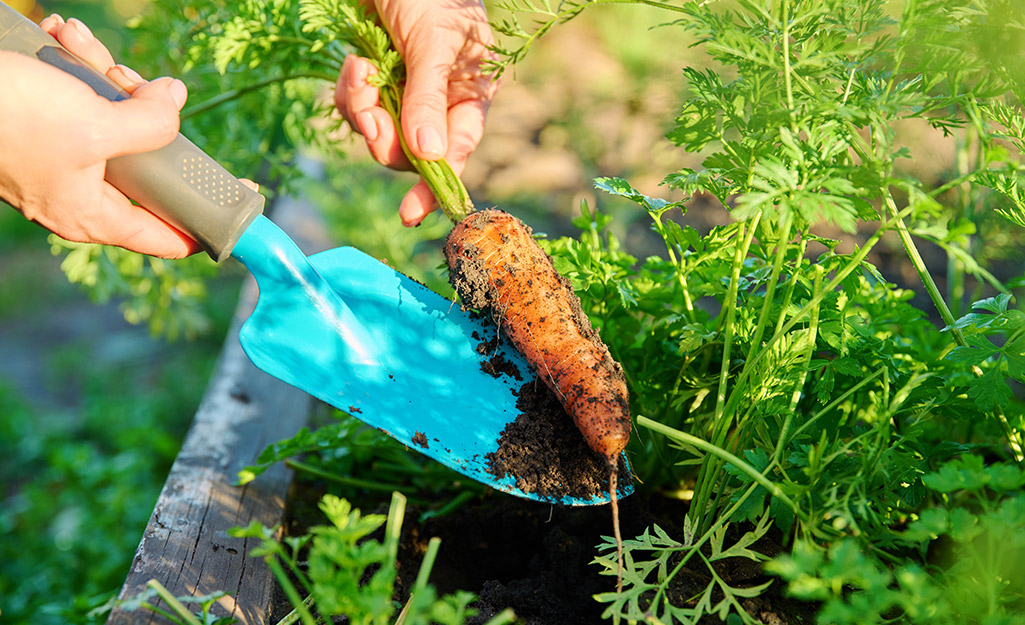
You want to harvest vegetables at the peak of nutrition and flavor. And it’s important to ask yourself how you will use the produce. Do you plan to eat it right away? Share with friends? Or preserve the produce to enjoy later.
As a rule, pick vegetables early and often. Beans, beets, carrots, cucumbers, yellow squash and zucchini are delicious when they’re young and tender. Peppers are an example of fruit that tastes better when it’s matured on the vine. The same goes for summer favorites like corn and watermelon.
Tomatoes continue to ripen after they’re picked. Harvest them when the shoulders (the collar of color around the stem) just turns red, and let them continue to ripen in a warm, dry location.
When it’s time to harvest, start early in the day, when it’s cool. Bring a basket and a garden knife or sharp garden snips to trim the fruit away from the vine. When you’re picking root vegetables, water the soil first to loosen the roots. For more tips on picking vegetables, see How to Harvest Vegetables in Your Summer Garden.
Tip: Herbs tend to sit in your garden waiting on you to need them. Thyme, rosemary, lavender and oregano are ready when you are. Tender herbs like basil and cilantro need to be picked more frequently. They will bolt, or flower, if not harvested often.
Set up a Compost System
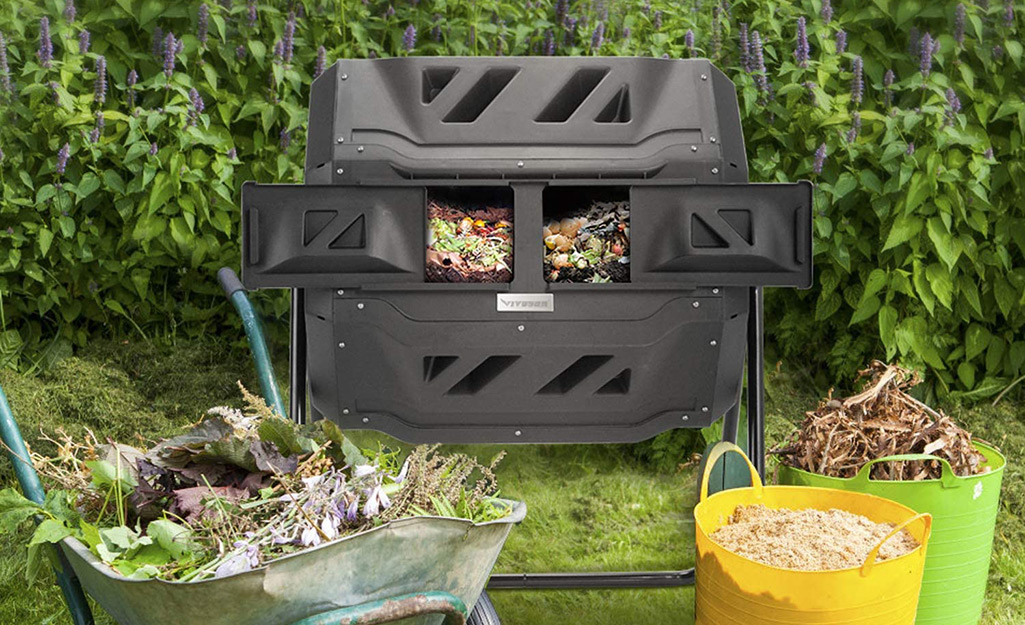
If you’re serious about starting a vegetable garden, then you’ll likely want to start a compost system. Compost is a beneficial product for your garden that you can make at home. It’s recycled plant waste that will improve your soil.
When you make compost at home, you reduce your carbon footprint and the amount of waste that goes into landfills. Plus, you create organic material that improves your vegetable garden soil.
Begin composting by collecting kitchen scraps like coffee grounds and filters, crushed eggshells, fruit peels and cores. Add them to a compost system outdoors that can be a pile, a bin, sack or tumbler. You can even start a worm bin to create beneficial vermicompost at home.
There’s even a type of raised bed, called a keyhole garden, that has a built-in composter. The vegetable scraps decompose and are absorbed into the soil, nourishing the plants in the raised bed. Learn more about composting.
Growing vegetables and herbs in your garden lets you connect what you grow with what you eat. Whether you need the right tools, seeds and soil, The Home Depot delivers online orders when and where you need them.










